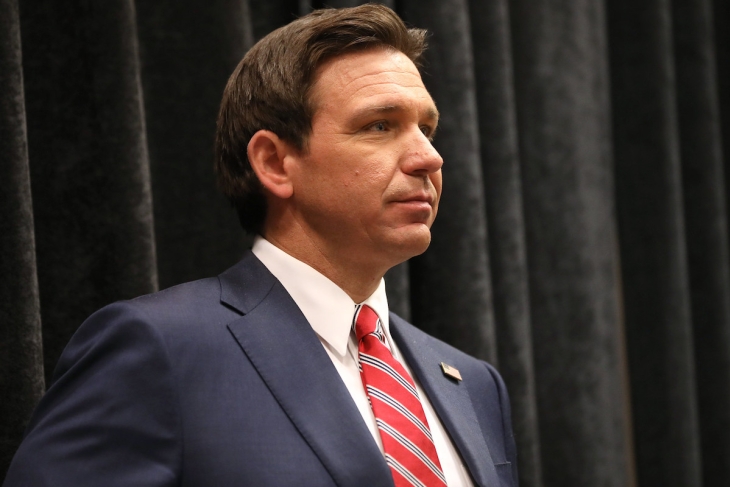Closing schools during the Covid pandemic was an enormous and tragic mistake. Some red-state governors, including Ron DeSantis of Florida, Brian Kemp of Georgia, and Greg Abbott of Texas, deserve credit for taking the political risk to reopen schools quickly, over the objections of officials in Democratic cities. These conservative governors could have leaned on the conservative principle of local control and let each community do its own thing—with disastrous results. Instead, they decided that education was too important to leave to the left.
Now the country faces a different wave of school closings, and conservative governors must step up again.
Driving that trend is the collapse of America’s birthrate since the 2008–09 financial crisis. The number of babies born every year is down 14 percent, from 4.3 million in 2007 to a three-decade low of 3.7 million in 2022. Demographers don’t all agree on what’s causing this baby bust, but they don’t expect a baby boom anytime soon.
So now many places have too few students for the schools, thousands of which will have to be permanently closed in coming years. Postponing the inevitable only makes the process more expensive by wasting scarce tax dollars on half-empty buildings and unneeded principals, gym teachers and attendance clerks.
Whereas leaders on the left were eager to close schools during the pandemic, they are allergic to doing so now. Teachers unions worry that their members will lose jobs, and the social-justice crowd fears that minorities will be disproportionately affected by closings.
But there’s no way to avoid them. Schools have been adding teachers and other staff for decades, even more so when Covid relief dollars poured in. That’s no longer sustainable, and it will be impossible not to close lots of schools in heavily Black and Hispanic neighborhoods, given demographic shifts. Many parents have already voted with their feet, either through school-choice programs or by leaving cities altogether.
Officials should meet this challenge head on, using data to identify schools with a history of lackluster academic achievement and putting them on the chopping block. The best outcome is for affected students to end up in better schools than they attend now. They should get priority for enrollment at high-performance campuses nearby, including charter and private schools.
But how likely is it that superintendents and school boards in the cities and inner-ring suburbs, where most of the underenrolled schools are, will follow this advice? We can get an idea by looking at communities such as Houston, Chicago, Denver, and Columbus, Ohio, which face the greatest declines in student enrollment and the largest budget crises as a result.
Unions are pushing districts to delay school closings while attacking charter schools for taking “their” students. Progressives are asking school boards to promise not to close schools in minority neighborhoods. Some “equity” hawks even want to make it illegal to consider the quality of schools and their students’ education when making closing decisions, on the theory that this has a disparate impact on minorities.
Some of these blue districts are in states with conservative governors. They may be tempted to avoid this political mess, but if they show leadership and get involved, as they did during Covid, they can improve the school-closing process. Gutsy state leaders could work with legislators to enact laws that force districts to close schools promptly. They could require that a school’s educational performance be a major consideration. They can press for choice policies that help students move from bad schools to good ones. They could have their appointees help local districts get the process right so students end up in stronger schools.
The alternative is to let left-wing officials mess it up, as they did during Covid. That’s too high a price for students to pay, particularly those the school system is already cheating.
Editor’s note: This was first published by The Wall Street Journal.




